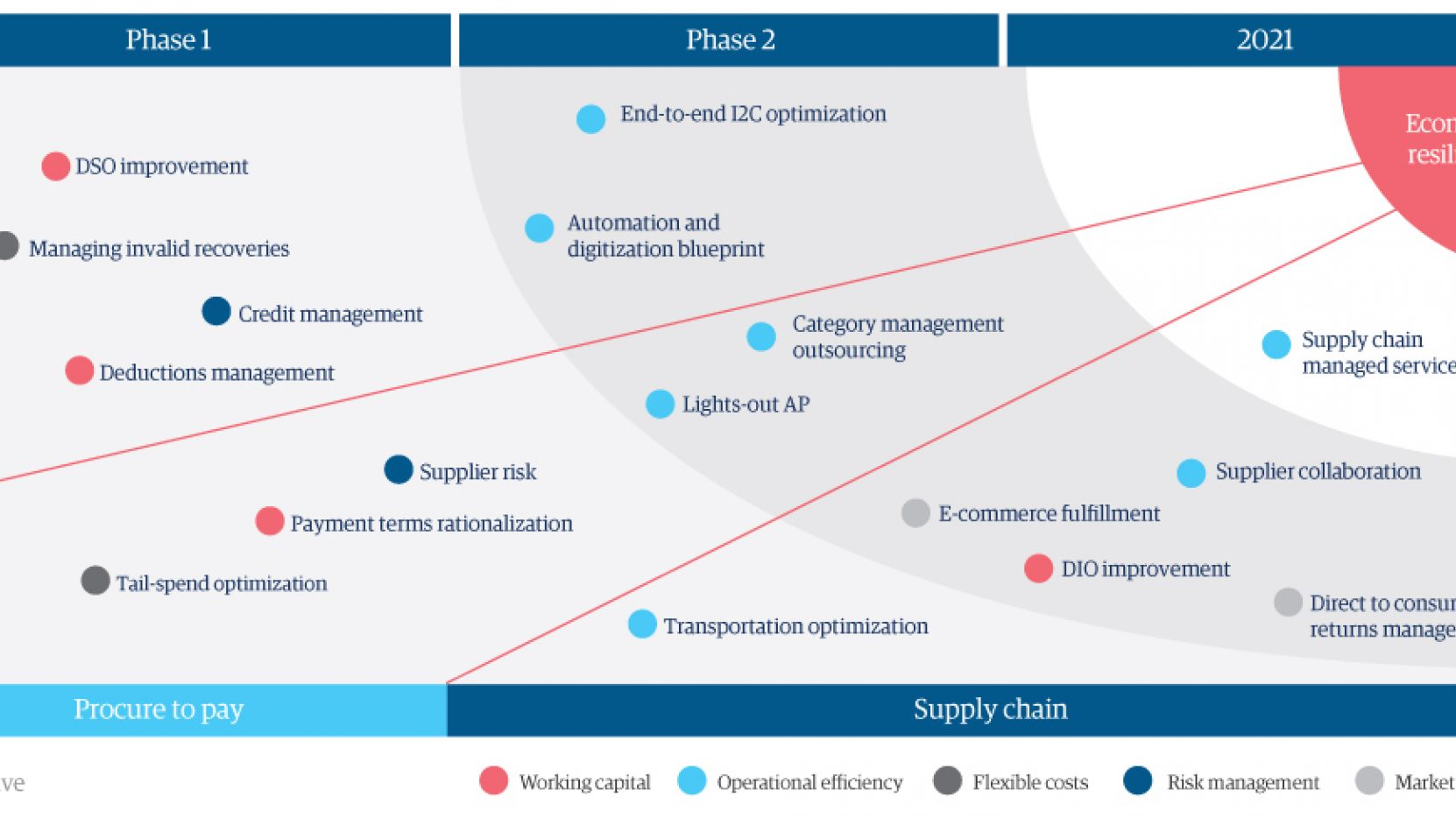Embarking on a journey through Market Monitoring Strategies for Economic Resilience, we delve into the essential practices that businesses and policymakers employ to navigate economic uncertainties and thrive in challenging times.
Exploring the different facets of market monitoring strategies, we uncover their pivotal role in driving informed decision-making and fostering stability amidst ever-changing market dynamics.
Importance of Market Monitoring Strategies

Market monitoring strategies play a crucial role in ensuring economic resilience by providing businesses and policymakers with valuable insights and data to make informed decisions. By closely monitoring market trends, fluctuations, and consumer behavior, organizations can proactively respond to changes and challenges, ultimately enhancing their adaptability and competitiveness in the market.
Enhancing Business Agility
Effective market monitoring strategies can help businesses anticipate shifts in demand, identify emerging opportunities, and mitigate risks. By continuously analyzing market data, companies can adjust their strategies, products, and services to meet evolving consumer needs, stay ahead of competitors, and maintain a strong market position.
Facilitating Informed Decision-Making
Market monitoring plays a vital role in providing stakeholders with timely and accurate information to make informed decisions. By monitoring key performance indicators, market trends, and competitive landscape, policymakers can formulate effective policies, investors can make strategic investment decisions, and businesses can align their operations with market dynamics.
Maintaining Stability during Economic Fluctuations
During periods of economic uncertainty or volatility, market monitoring strategies are essential for maintaining stability. By closely monitoring market indicators, such as inflation rates, interest rates, and consumer sentiment, organizations can anticipate potential risks, adjust their strategies accordingly, and minimize the impact of economic fluctuations on their operations.
Driving Innovation and Growth
Market monitoring strategies also play a key role in driving innovation and fostering growth. By analyzing market trends and consumer preferences, businesses can identify new opportunities for product development, expansion into new markets, and strategic partnerships. This proactive approach to market monitoring can help organizations stay competitive and achieve long-term sustainability.
Types of Market Monitoring Strategies

Market monitoring strategies play a crucial role in analyzing market trends, consumer behavior, and competitive landscapes. Let's explore the different types of market monitoring strategies used across various industries.
Real-Time Monitoring vs. Periodic Monitoring
Real-time monitoring involves the continuous tracking of market data and metrics as they happen. This approach provides up-to-the-minute insights into market fluctuations, allowing businesses to make immediate decisions based on the most recent information. On the other hand, periodic monitoring involves collecting data at specific intervals, such as weekly, monthly, or quarterly.
While periodic monitoring may not offer real-time insights, it provides a more comprehensive view of long-term trends and patterns.
Qualitative and Quantitative Data in Market Monitoring
Market monitoring strategies often utilize a combination of qualitative and quantitative data to gain a holistic understanding of the market. Qualitative data, such as customer feedback, surveys, and focus groups, provides valuable insights into consumer preferences, sentiments, and behaviors. On the other hand, quantitative data, including sales figures, market share data, and demographic statistics, offers objective and measurable metrics to track market performance and trends.
Traditional vs. Technological Approaches
Traditional market monitoring methods, such as manual surveys, competitor analysis, and trend research, have been the foundation of market analysis for decades. However, modern technological approaches, such as data analytics, machine learning, and artificial intelligence, have revolutionized market monitoring by enabling real-time data collection, automated analysis, and predictive modeling.
These advanced technologies offer businesses a competitive edge by providing faster, more accurate insights into market dynamics and opportunities.
Implementing Market Monitoring Strategies
When it comes to designing and implementing effective market monitoring strategies, there are several key steps to consider. These strategies are crucial for businesses to stay competitive and adapt to changing market conditions.
Steps for Designing and Implementing Effective Market Monitoring Strategies
- Identify Key Metrics: Determine the key performance indicators (KPIs) that are most relevant to your business objectives.
- Set Clear Objectives: Define the goals you want to achieve through market monitoring and ensure they align with your overall business strategy.
- Select Monitoring Tools: Choose the right tools and technologies to collect and analyze data effectively.
- Establish Monitoring Frequency: Decide how often you need to monitor the market to stay informed and make timely decisions.
- Create Actionable Reports: Develop reports that provide actionable insights and recommendations based on the data collected.
Best Practices for Setting Up a Robust Market Monitoring System
- Invest in Automation: Use automated tools to streamline data collection and analysis processes.
- Stay Updated: Regularly review and update your monitoring strategies to reflect changes in the market environment.
- Integrate Data Sources: Combine data from multiple sources to gain a comprehensive view of the market landscape.
- Train Your Team: Ensure your team is trained to interpret market data accurately and make informed decisions based on insights.
Examples of Tools and Technologies for Market Monitoring
- Google Analytics: Track website traffic and user behavior to understand market trends.
- Social Media Monitoring Tools: Monitor social media platforms for consumer sentiment and competitor activity.
- Market Research Reports: Access industry reports and studies to gain insights into market dynamics.
- Competitor Analysis Tools: Analyze competitor strategies and market positioning to identify opportunities and threats.
Customizing Monitoring Strategies Based on Specific Market Conditions
It is essential to tailor your monitoring strategies to the unique characteristics of your target market. Consider factors such as industry trends, consumer preferences, and competitive landscape when customizing your approach. By adapting your strategies to specific market conditions, you can ensure relevance and accuracy in your monitoring efforts.
Challenges in Market Monitoring
Implementing market monitoring strategies can be met with several challenges that impact the effectiveness of the monitoring process. These challenges can range from data accuracy and reliability issues to external factors such as regulatory changes.
Data Accuracy and Reliability
One of the most common challenges faced in market monitoring is ensuring the accuracy and reliability of the data being collected. Inaccurate or unreliable data can lead to incorrect analysis and decision-making, ultimately affecting the overall effectiveness of the monitoring process.
Impact of Regulatory Changes
External factors such as regulatory changes can significantly impact market monitoring efforts. Changes in regulations can alter market dynamics, affecting the validity of existing monitoring strategies. Adapting to these changes and ensuring compliance can pose a challenge for organizations.
Overcoming Challenges and Improving Processes
- Regularly review and validate data sources to ensure accuracy and reliability.
- Implement data quality control measures to identify and rectify inconsistencies in the collected data.
- Stay informed about regulatory changes and adjust monitoring strategies accordingly to maintain relevance and compliance.
- Invest in training and development programs to enhance the skills of monitoring teams and improve overall monitoring processes.
Final Conclusion

In conclusion, Market Monitoring Strategies for Economic Resilience serve as a cornerstone for adaptive economic strategies, offering insights into market trends, challenges, and opportunities that pave the way for sustainable growth and resilience.
Top FAQs
What are the key benefits of implementing market monitoring strategies?
Effective market monitoring strategies enable businesses to adapt swiftly to market changes, make informed decisions, and maintain a competitive edge.
How can businesses customize their monitoring strategies based on market conditions?
Businesses can tailor monitoring strategies by adjusting data sources, frequency of monitoring, and analytical tools to align with specific market conditions.
What role does technology play in modern market monitoring approaches?
Technology enhances market monitoring by providing real-time data insights, automation of processes, and advanced analytical tools for better decision-making.
